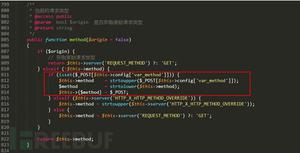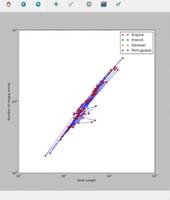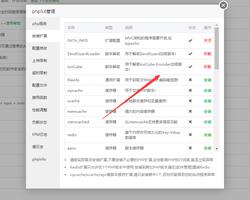python如何输入单引号

实际上在Python中'...'和"..."是完全一样的,但不能出现'..."和"...'这种情况。
而将其混合使用会有很多意想不到的效果:
具体规则如下:
若字符串没有引号嵌套,则对可打印转义字符(,',",ooo,xhh)进行转义。
若字符串有引号嵌套,则对嵌套内部字符全部不进行转义,保持原始格式;对嵌套外部字符参照1进行转义。
注意print会对所有转义字符进行转义。
下面是几个有代表性的例子:
>>> 'spam eggs''spam eggs'
>>> 'doesn't' # 对可打印字符转义
"doesn't"
>>> "doesn't" # 同上
"doesn't"
>>> "doesn't" # 这样可以省去
"doesn't"
>>> '"doesn't"' # 嵌套后内部全部不进行转义
'"doesn't"'
>>> ""Yes," he said." # 同类型引号,需要进行转义
'"Yes," he said.'
>>> '"Yes," he said.' # 这样可以省去
'"Yes," he said.'
>>> '"Isn't," she said.' # 嵌套后内部全部不进行转义
'"Isn't," she said.'
>>> print '"Isn't," she said.' # print对所有转义字符进行转义
"Isn't," she said.
>>> s='First line.
Second line.'
>>> s # 对不可打印字符不进行转义
'First line.
Second line.'
>>> print s # print对所有转义字符进行转义
First line.
Second line.
一般而言不经常使用三引号'''...'''及"""..."""
但三引号有一个特殊的性质:会自动在每一行末尾加上换行标志,这样输入和输出的字符串就会是同样的样式:
>>> a=''' #这里的是转行标志p
y
t
h
o
n
'''
>>> a #字符串的实际内容
' p
y
t
h
o
n
'
>>> print a #print结果同输入一样
p
y
t
h
o
n
以上是 python如何输入单引号 的全部内容, 来源链接: utcz.com/z/525112.html







